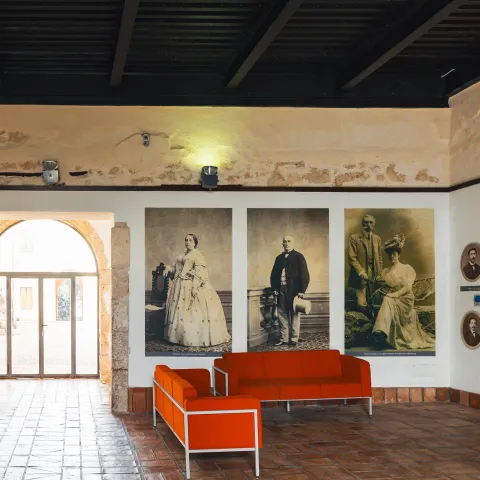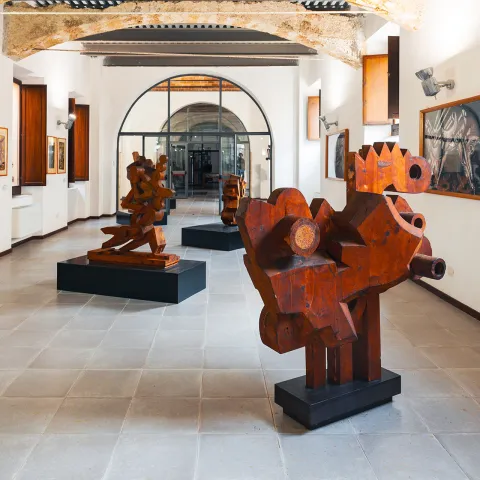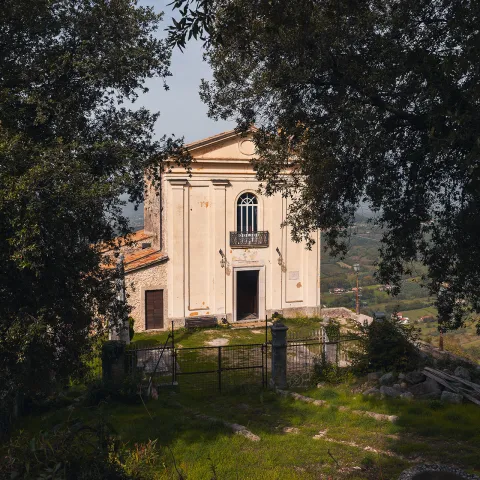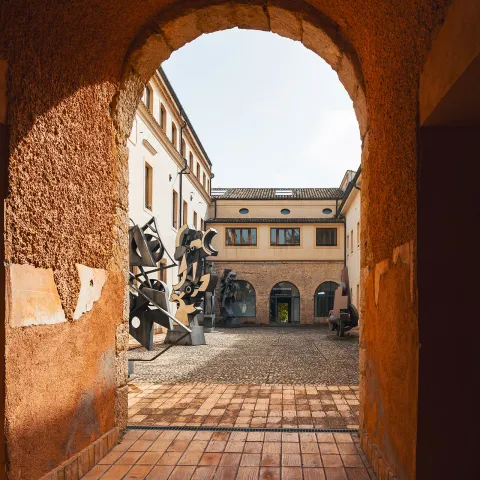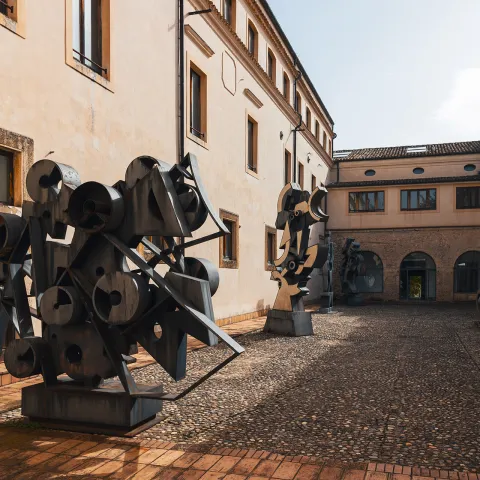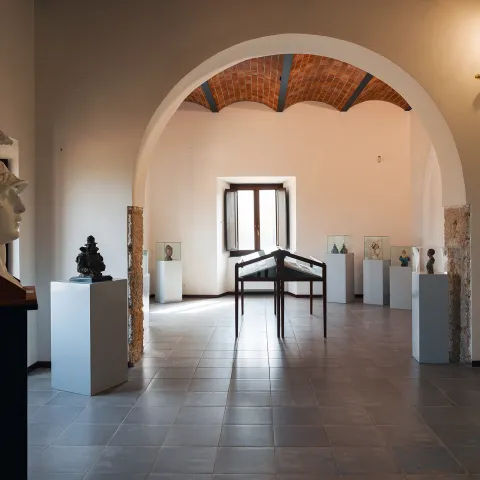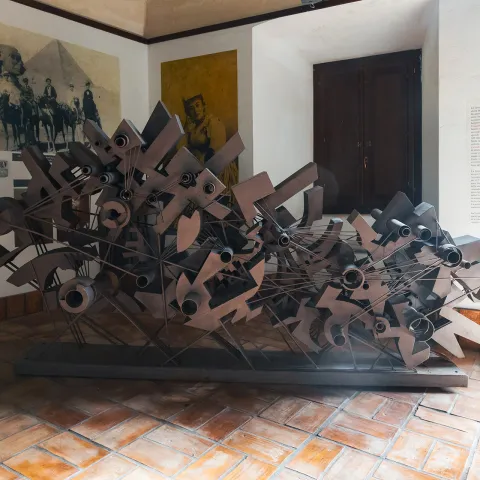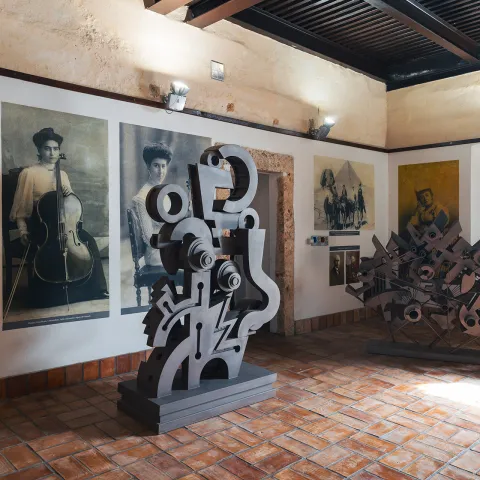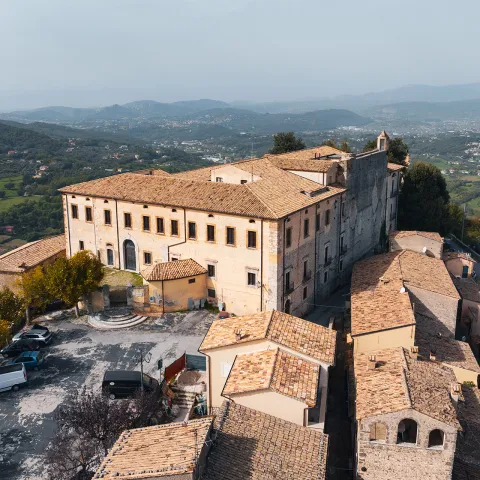Ladislaus Castle and the Umberto Mastroianni Foundation
Situated on the slopes of the Civita Falconara hill, Ladislaus Castle dates back, in its oldest parts, to the 13th century
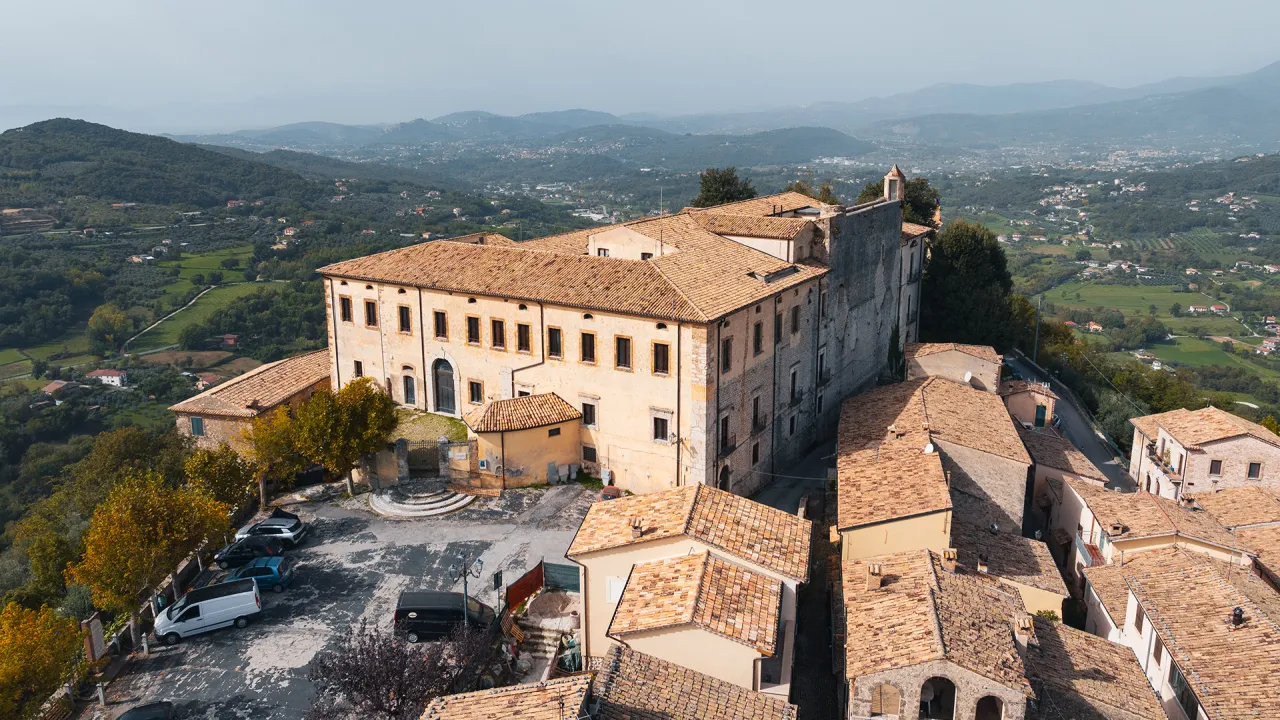
It is named after King Ladislaus I of Naples (1376–1414) from the Durazzo d’Anjou dynasty, who, according to ancient sources, temporarily moved his court to the castle.
In subsequent centuries, the abandoned castle underwent periods of destruction and reconstruction. By the 18th and 19th centuries, it had become one of the largest wool mills in Arpino, owned by the Ciccodicola family. With the decline in the wool industry in the 20th century, the castle became home to an Institute for the orphans of workers, later a Military Hospital and finally an Industrial Technical Institute for Chemists. Then in 1985, the Provincial Administration of Frosinone purchased the property and began restoration work to transform it into an exhibition and conference centre aimed at cultural and tourism enhancement.
Today, the castle houses the Umberto Mastroianni Foundation, named after one of the most eclectic and ingenious artists of the 20th century. Established in the early 1970s, the Foundation aims to promote monumental sculpture and organize significant artistic initiatives at an international level.
Visitors to the castle can explore the Mastroianni Donation, composed by 81 works of art, to which additional pieces have been added over time. They represent the artist’s intense creative journey, from his early studies of classical models to the development of his highly personal style starting in the 1940s. The castle also features sections dedicated to prominent members of the Mastroianni family, including Domenico and Alberto Mastroianni; The Mastroianni and Cinema, which explores the contributions of Marcello and Ruggero Mastroianni; and the Mastroianni Ceramists, showcasing the works of Arcangelo, Felice, Vincenzo and Emilio Mastroianni.
The Modern Arts section includes works by artists featured in solo exhibitions organized by the Foundation, as well as pieces by prominent artists from the province of Frosinone, such as V. Balsamo, G. Carboni, E. Carmi, L. Dall’Olio, F. Gismondi, V. Grinberg, F. Ippoliti, S. Lancioni, A. Lombardi, A. Loreti, G. Martinelli, V. Miele, A. Mirò, F. Rea, G. Riccardi, M. Romani, I. Scelza and others.
PHOTO GALLERY

VIDEO



